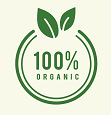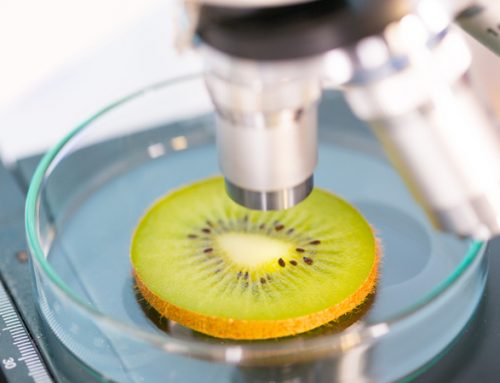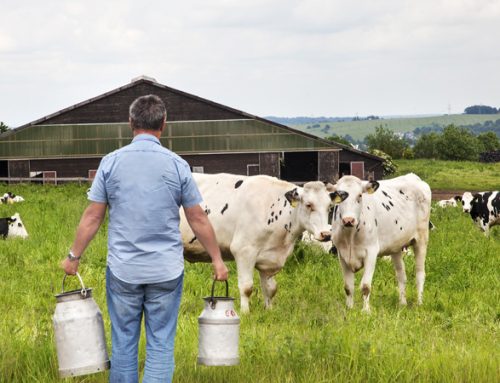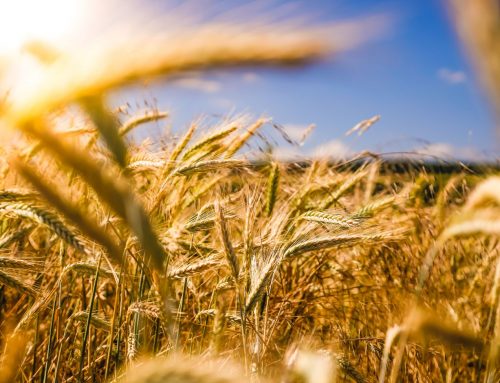
Marketing Commercial Strategy Concept
The global food industry has seen steady yet slow growth for many years, forcing companies to seek new opportunities in a low growth environment. What is widely accepted though is that pockets of growth can still be found in a generation of innovators, whether they deal in traditional products now made available to the global F&B market or in completely new ideas.
All facets of new product development, from consumer-led innovation to trends driving the shape of future innovations point to the future food leaders being marketing staff, scientists and engineers. Some of the most forward-thinking among them turn to:
- Meat and dairy-free products intended for a growing vegan movement as alternatives for a plant-based diet. Plant-based products are no longer exiled to “penalty” zones in supermarkets where only highly-motivated consumers would actively search these products out. Technology has been central to the development of these products.
- Consumer-centric brands have the upper hand, transforming a declining or newcomer brand to a growing one. The importance of knowing your audience and their preferences is paramount. For example, marketing products to parents doesn’t make sense if the end product doesn’t appeal to children themselves. Connecting to consumers early on in research and development can help to establish the market potential for a brand.
- The future of food will increasingly rely on technology and science to bring new products and experiences to consumers globally. Reconciling these modern production techniques with the growing demand for natural and minimally processed products will be a future challenge for both small and large companies. There is one common theme emerging: technology is central to change but cannot succeed without first understanding consumers and the markets they live and shop in.
Going green

Organic Stempel
The global organic F&B market is expected to surpass $327 billion by the year 2022, increasing almost threefold since 2015 at an average annual growth rate of 16.4%. The organic food and beverages market further forecasts notable growth in the foreseeable future, due to the products’ unique advantages, i.e. chemical and pesticide-free, eco-friendly, thus much more nutritional.
As the saying goes, “well begun is half done”; the key growth strategy in the organic F&B market is a successful product launch and is widely adopted by several companies that develop innovative products to enhance their product portfolio.
Such an example is organic coffee and tea, two already extremely famous beverages, that have shown even higher demand potential. The high rate of adoption in the market is due to the unique advantages provided by organic coffee and tea, such as contributing to weight loss. Organic fruits and vegetables are next in line, registering higher market shares, while also being expected to grow at an even higher rate for the foreseeable future.
The rapid growth of demand for fresh and healthy foods drives the market to new heights. That is all the more evident in product categories such as organic baby foods. But the list of organic food segments is ever-expanding; besides groceries, organic non-dairy products, dairy products, meat, fish and poultry products show appreciable growth and also offer huge investment opportunities.
Conscious consumers
To be a “green” producer is not enough anymore. Consumers are also showing their preference for healthy, yet ethically-produced products that reflect their own environmentally-aware lifestyles. The rise of the conscious customer will continue as consumers base their buying decisions on many different factors beyond affordable prices.
They go big, we go small
There is growing acceptance of today’s ground-breaking digital and e-commerce platforms. In retail alone, e-commerce is forecast to become the largest market channel by 2021, accounting for 15.4% of global sales. Forward-looking players are making digital transformation the new core of their business models.

E-commerce
However that is a two-pronged process: Not only need businesses to digitally invest in expanding distribution channels and customer reach, but equally critical is to improve customer experience across all channels, enhancing and extending it from in-store shopping to all sales channels in ways that ensure fast delivery, customer satisfaction and brand loyalty.
Brand loyalty nowadays is fragile, especially amongst millennial consumers, driving produces to continuously redefine their business models, providing direct-to-consumer platforms and convenient, aka customizable, customer experiences.





